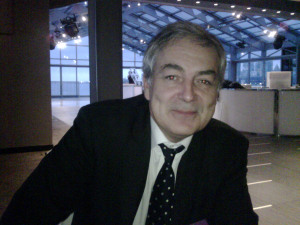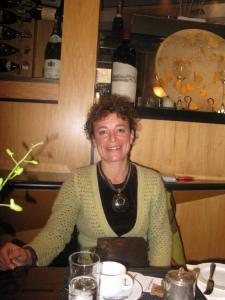October 28, 2009, Polson Pier, Solarium, 11 Polson St. Toronto
The venue surprised me – it had a stunning view looking out onto Lake Ontario with lots of natural light. The Bordeaux Wine Council (CIVB) hosted a wine tasting/seminar in collaboration with wine agents to help discover the diversity of Bordeaux wines under $30. These wines are available through LCBO and/or through relevant wine agents. There were 18 tables with over 40 wines to sample. Most of these wines were relatively young, with a preponderance of ‘05 and ‘06 vintages. There were some ‘07 and with limited ’08. I found the better ones were closer to $30. None of the wines were overly-complex.
I had the opportunity to interview Pascal Loridon, Marketing Director, Conseil Interprofessionnel du Vin de Bordeaux (CIVB).
Welcome to Toronto Mr. Loridon…
Can you give me your thoughts on the harvest this year?
The harvest this year has been excellent – the weather could not have been better; we have had cool dry nights, rain whenwe needed it, and lots of sun. The weather has not been this good for a long time.
Do you believe 2009 will be another great vintage?
We are predicting 2009 will be a great vintage and are very happy with the high levels of ripeness, healthy grapes, rich colours, promising acidity, and overall balance.
For the 2009 vintage we will have a true Bordeaux: elegant with garnet/ruby colours, black fruits, wood, with “cigar box” aromas.
Do you have any suggestions for investors?
The outlook for 2009 is very promising and it would be a good opportunity for investors.



